23 June 2025
Canadian artist Marcel Dzama is known for blending music, cinema, and visual arts into intricate universes of surreal narratives. On the occasion of his first solo exhibition in Turkey, Dancing with the Moonlight, Dzama curated a personal selection of five albums and five films that have inspired his work. Soundtracks that echo through drawings, visuals that emerge from melodies—Dzama’s selection offers an intimate glimpse into the creative undercurrents that shape his art.
Public Image Ltd. – Metal Box (1979)
Dzama’s “all-time favorite album,” this post-punk masterpiece has long accompanied his artistic process, from his earliest video works in art school to more recent pieces. “It sounds like a soundtrack to the future,” he notes.

Neil Young – On the Beach (1974)
Melancholic, introspective, and sincere. Dzama admits this was playing while he created much of the artwork in his Pera exhibition, offering a quiet yet powerful undercurrent of emotion.
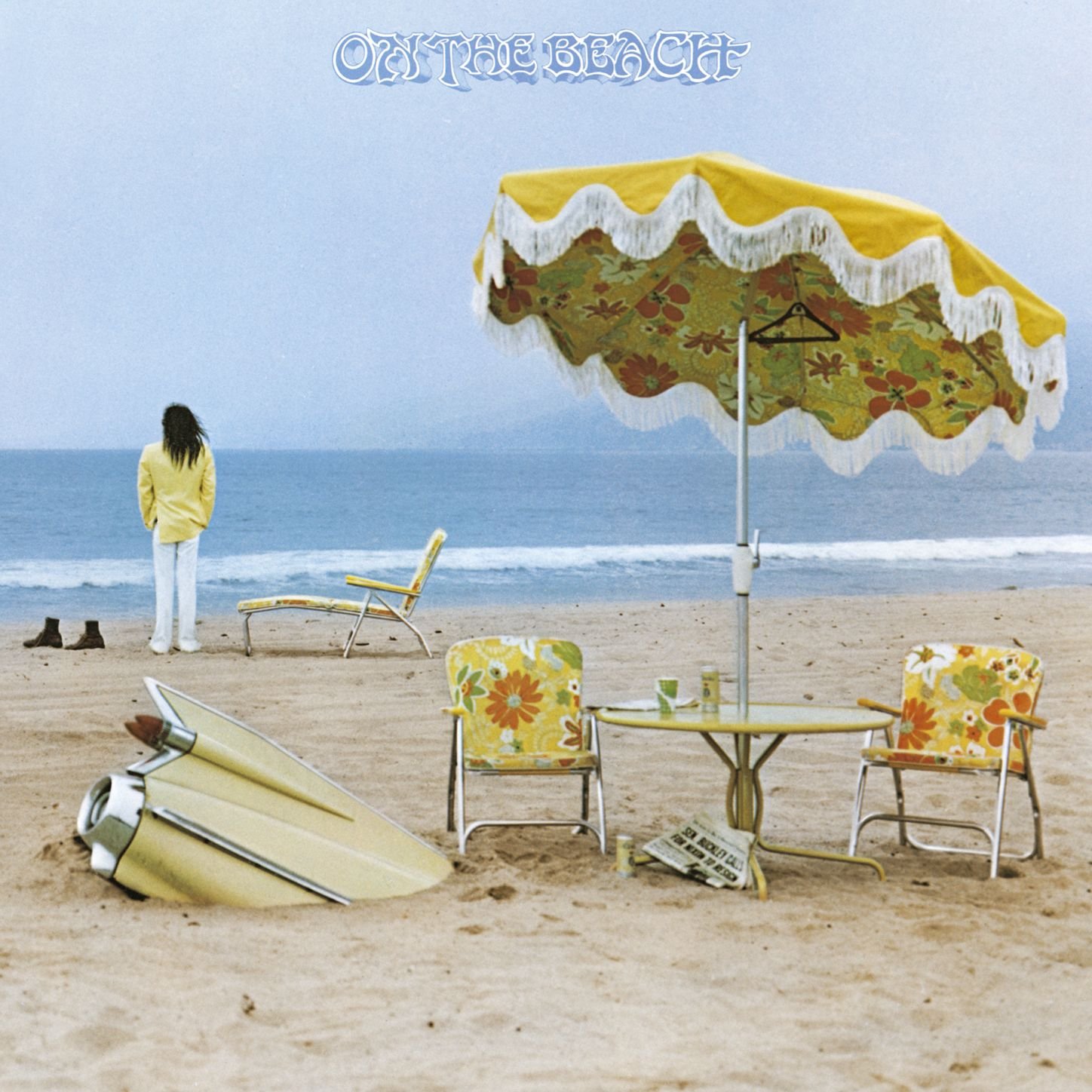
Nina Simone – To Love Somebody (1969)
With renditions of Dylan songs and a fiery performance of “Revolution,” this album is a call to action. Dzama describes it as inspirational and confrontational—art that stirs the soul.
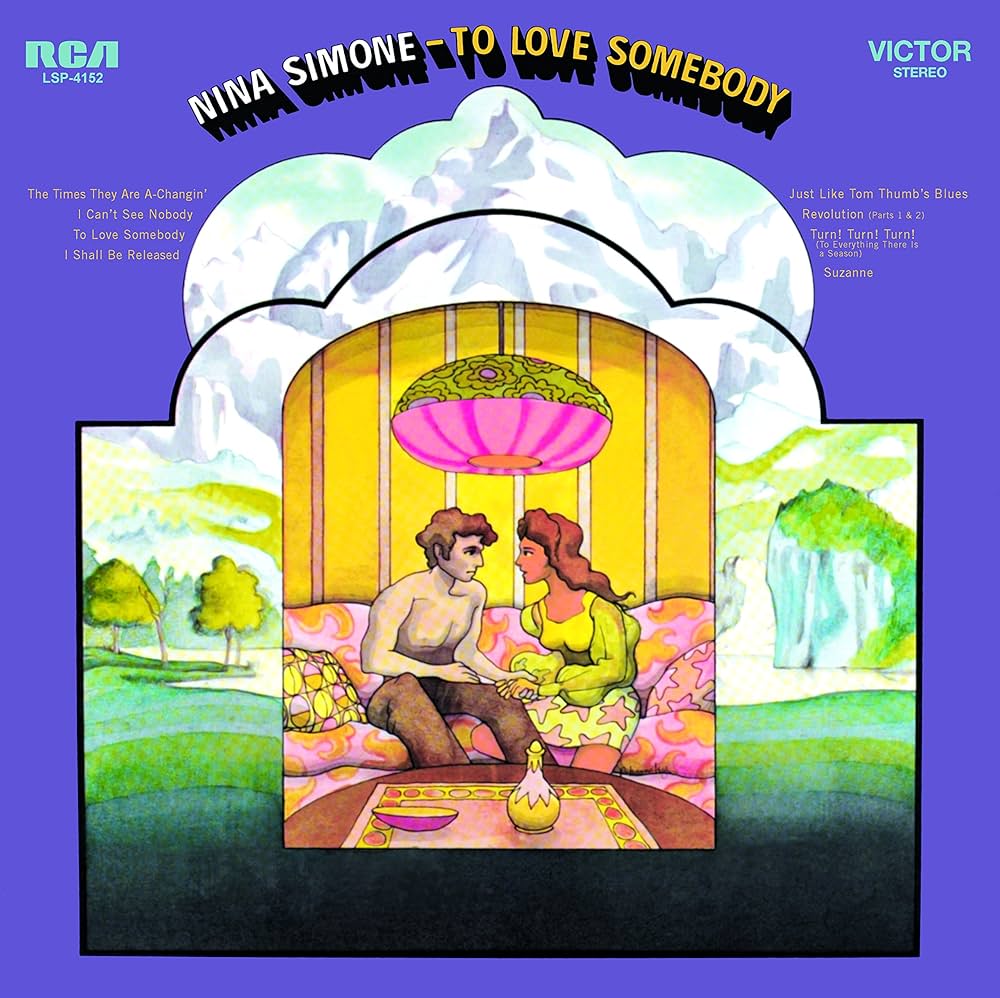
Charlie Megira – Tomorrow’s Gone (2019)
A haunting album from a lost genius. Dzama ranks the title track among his all-time favorites and considers the whole record perfect for layering onto video or film.

Joakim Åhlund & Jockum Nordström – Dracula’s Son (2017)
A quirky, intimate selection by two Swedish artists. Dzama feels a kindred connection to Dracula—"we keep the same hours and both like bats"—and praises Nordström as a friend, guitarist, and brilliant visual artist.

A Trip to the Moon (1902), Georges Méliès
This was a foundational film for Dzama, shaping his early visual style. The iconic moon sequence of A Trip to the Moon has echoed through his drawings for years, and its camera tricks inspired his first video experiments.
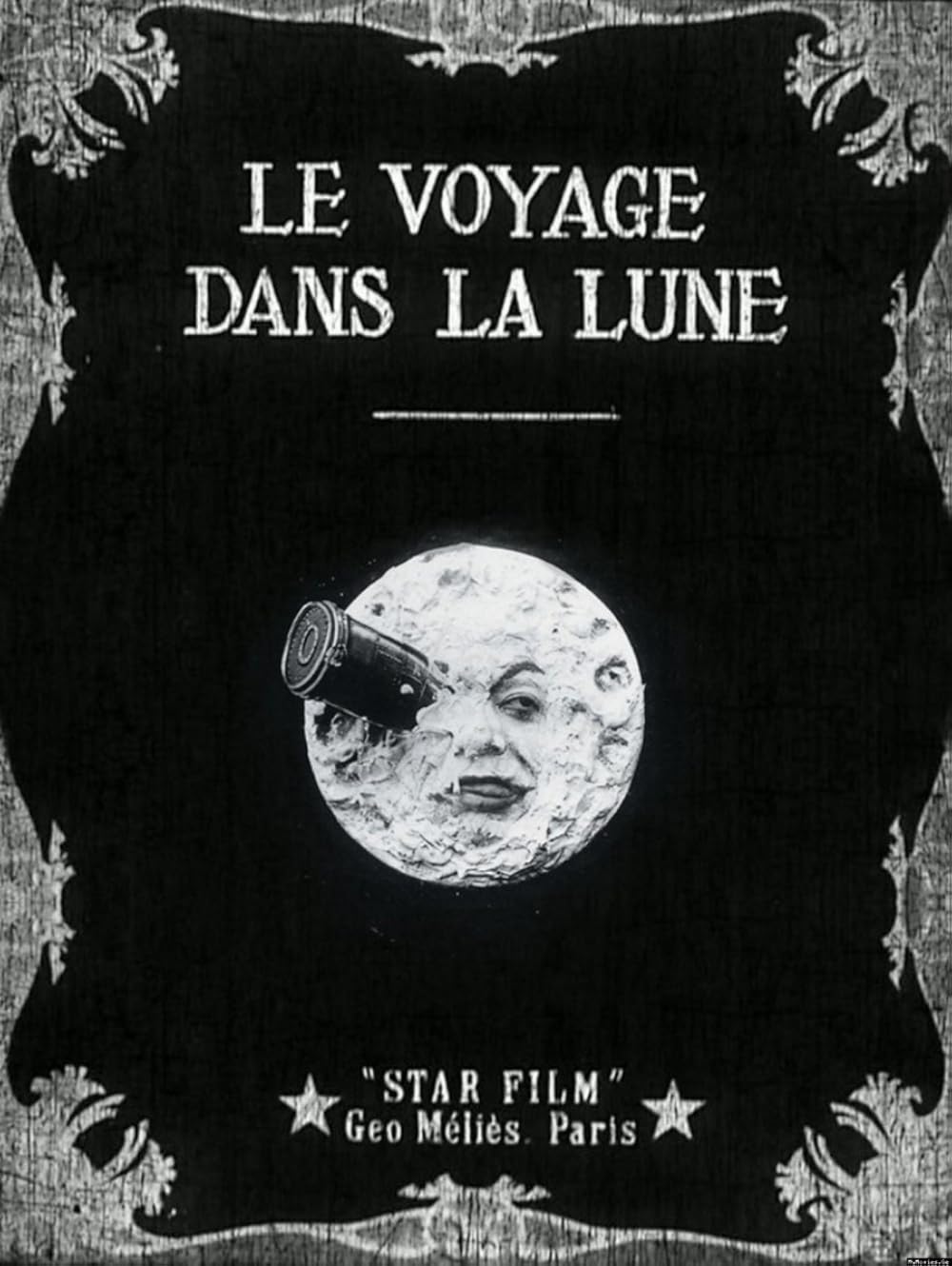
The Red Shoes (1948), Michael Powell & Emeric Pressburger
This film ignited Dzama’s fascination with ballet. Its surreal climactic sequence remains one of his favorite scenes in cinema—a pivotal influence.

The Third Man (1949), Carol Reed
A teenage discovery that opened his eyes to cinema as art. The Ferris Wheel monologue by Orson Welles, along with the play of light and shadow, profoundly shaped Dzama’s visual thinking.
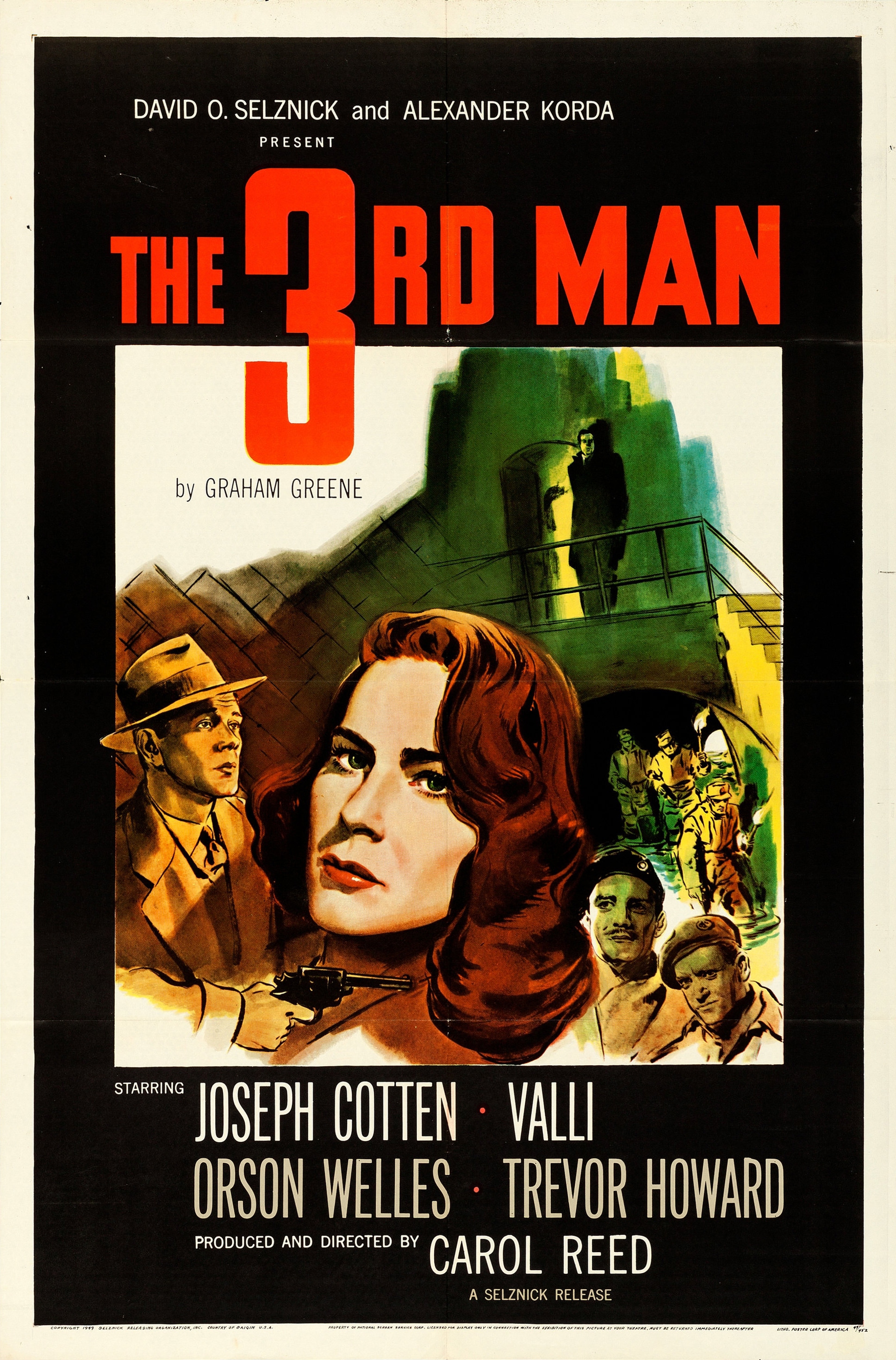
M (1931), Fritz Lang
This German noir captivated Dzama with its pacing, lighting, and Peter Lorre’s chilling performance. M is a cinematic masterclass in tension, atmosphere, and shadowplay.
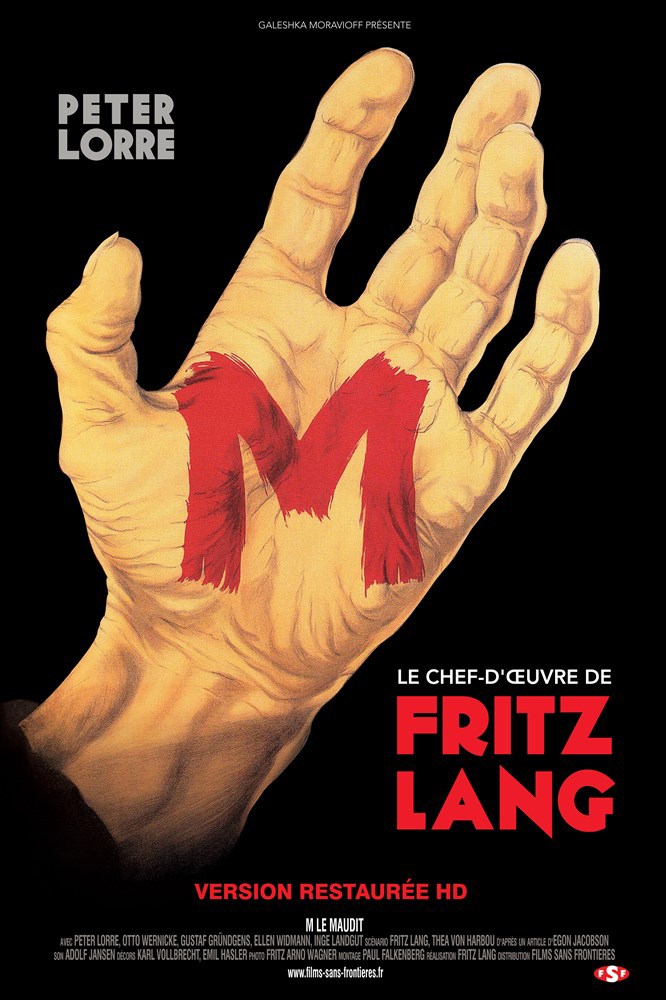
The Holy Mountain (1973), Alejandro Jodorowsky
A surreal, mind-expanding journey that reawakened Dzama’s love for experimental cinema. “Every frame could be a photograph,” he reflects, praising its audacity and visual poetry.
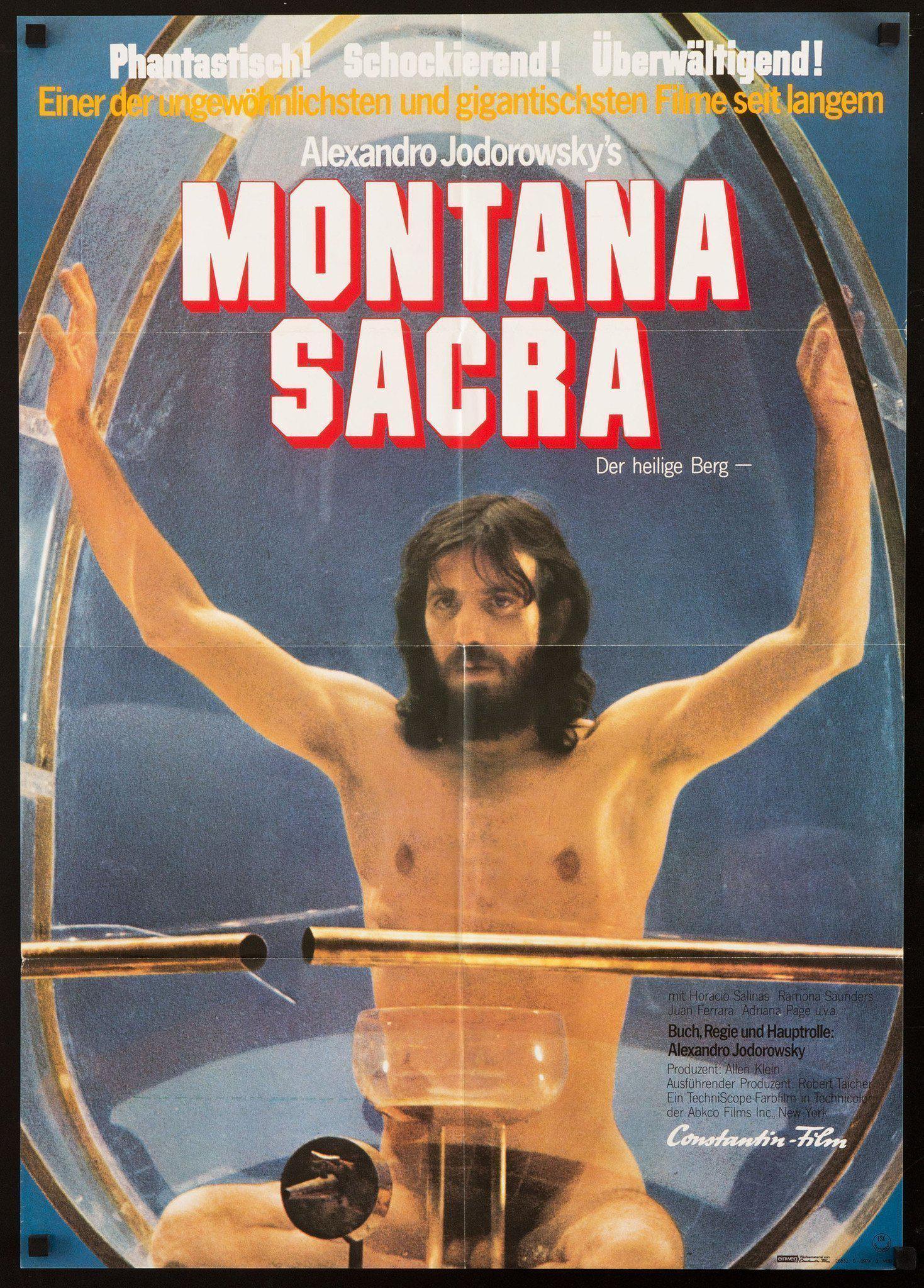

In 1998 Ben Jakober and Yannick Vu collaborated on an obvious remake of Marcel Duchamp’s Roue de Bicyclette, his first “readymade” object. Duchamp combined a bicycle wheel, a fork and a stool to create a machine which served no purpose, subverting accepted norms of art.

Published as part of Pera Learning programs, “The Little Yellow Circle (Küçük Sarı Daire)” is a children’s book written by Tania Bahar and illustrated by Marina Rico, offering children and adults to a novel learning experience where they can share and discover together.
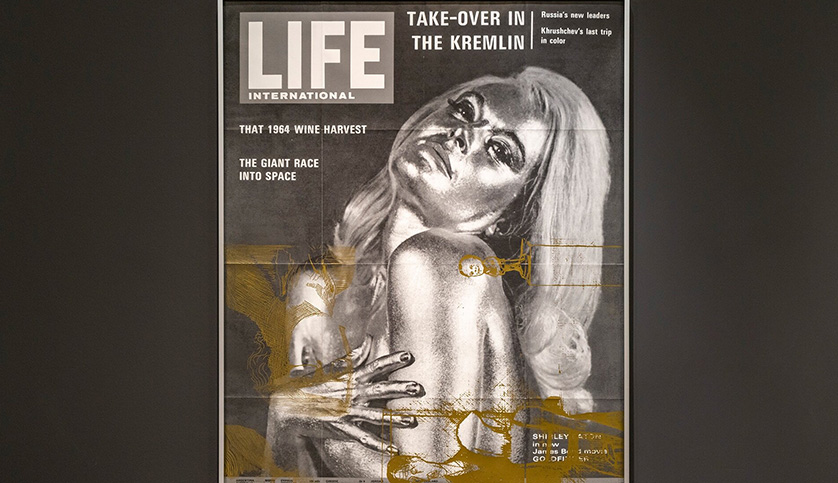
Inspired by the exhibition And Now the Good News, which focusing on the relationship between mass media and art, we prepared horoscope readings based on the chapters of the exhibition. Using the popular astrological language inspired by the effects of the movements of celestial bodies on people, these readings with references to the works in the exhibition make fictional future predictions inspired by the horoscope columns that we read in the newspapers with the desire to receive good news about our day.
Tuesday - Saturday 10:00 - 19:00
Friday 10:00 - 22:00
Sunday 12:00 - 18:00
The museum is closed on Mondays.
On Wednesdays, the students can
visit the museum free of admission.
Full ticket: 300 TL
Discounted: 150 TL
Groups: 200 TL (minimum 10 people)